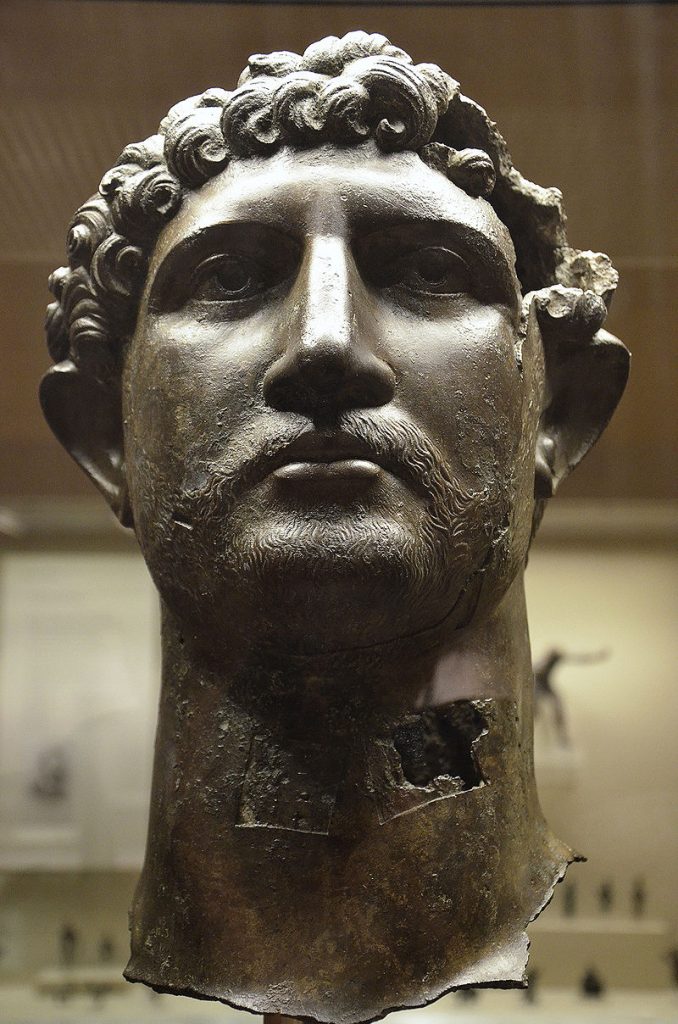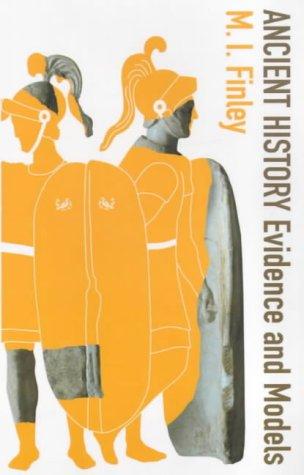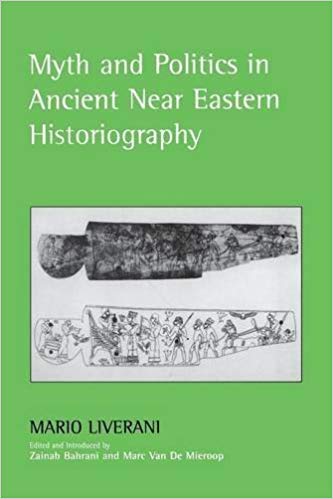The table sets out my distillation of Deborah Forger’s four points of comparison between the Logos of Philo and the author of the Gospel of John in her doctoral thesis, Divine Embodiment in Jewish Antiquity: Rediscovering the Jewishness of John’s Incarnate Christ.
| Philo
Alexandria, Egypt, during time of the Jerusalem Temple |
“John”
Probably Asia Minor, after destruction of the Temple |
| Logos is a “constitutive element of the Creator God’s identity…. Just as a person cannot exist without his or her cognitive abilities, so too Philo claims that God cannot exist without God’s logos. This is because . . . the logos functions as the very “thoughts,” “rationality,” “creative logic,” and “mind” of Israel’s supreme God. . . [Philo employs] the same titles to describe God and the logos.” | “John similarly presents the logos as being integral to the divine identity. . . Whereas Philo establishes a temporal distinction between God and the logos, John makes no such differentiations between the two. . . Instead, John presents the logos as being divine and co-eternal with the Israel’s supreme God. The difference |
| “Logos is personified and thus … able to act independently of God. . . To preserve the absolute transcendence and otherness of God, he depicts the logos in this intermediary role.”
God is immutable. The divine logos is mutable. The logos can enter the corporeal realm. God is unknowable. The divine logos is made known. Logos pleads with God on behalf of humankind, and Logos is the ambassador from God to humankind. Though technically a part of God (=the mind of God) the Logos stands on the border between God and everything he has made. |
Logos is personified and thus … able to act independently of God.
The Septuagint depicts the world coming into being directly by the act of God, but for John the Logos is personified and becomes the means by which God creates the world. Goes one step further than personifying the Logos and claims that the Logos becomes flesh in the person of Jesus. |
| The Logos is always subordinate to the Creator God.
Though sharing the divine identity with God, the logos is subordinate as indicated by being “the eldest of all created things” ((Leg. 3, 61, 173; Migr. 6), “the first-born of God” (Agr. 12, 51),, the “man of God” (Conf. 11, 41; cf. 14, 62; 28, 146), the “image of God” (Conf. 28), the “second God” (QE II, 62, Marcus, LCL). |
The Logos is always subordinate to the Creator God.
Jesus as the logos is one with the Father but also subordinate to the Father. The Father “has given all things into his hand”, “has given him authority to judge” yet for all he does he needs the Father’s permission; also as an indicator of Jesus’ subordinate role, he always calls God his Father — even though he and the Father are one from the beginning of time. |
| The logos is able to enter into the created, corporeal world that God has made.
The logos is thus the judge and mediator of the human race, and the interpreter of God to the world. The logos thus interacts with the world in a way the supreme God cannot. “The logos thus functions as both a tool by which God creates the sense-perceptible world and as an intermediary figure whose immanence in that same realm enables him to exert God’s divine providence in every aspect of it.” Philo never claims the logos becomes flesh. Rather, God has placed the logos within creation to be the agency of divine providence in every part of it. |
Similarly, God implanted the logos within the created realm, but John goes one step further and has the logos actually becomes flesh in a specific person and is part of the created realm itself.
For Philo the logos embodies God’s presence in the world by acting as the mediator, but for John the logos becomes part of the created world in the person of Jesus. The Gospel of John is unique among Jewish texts (including the other gospels) of the first century CE in declaring that the logos became flesh. |
Continue reading “Comparing Philo’s and the Gospel of John’s Logos (The Word)”







